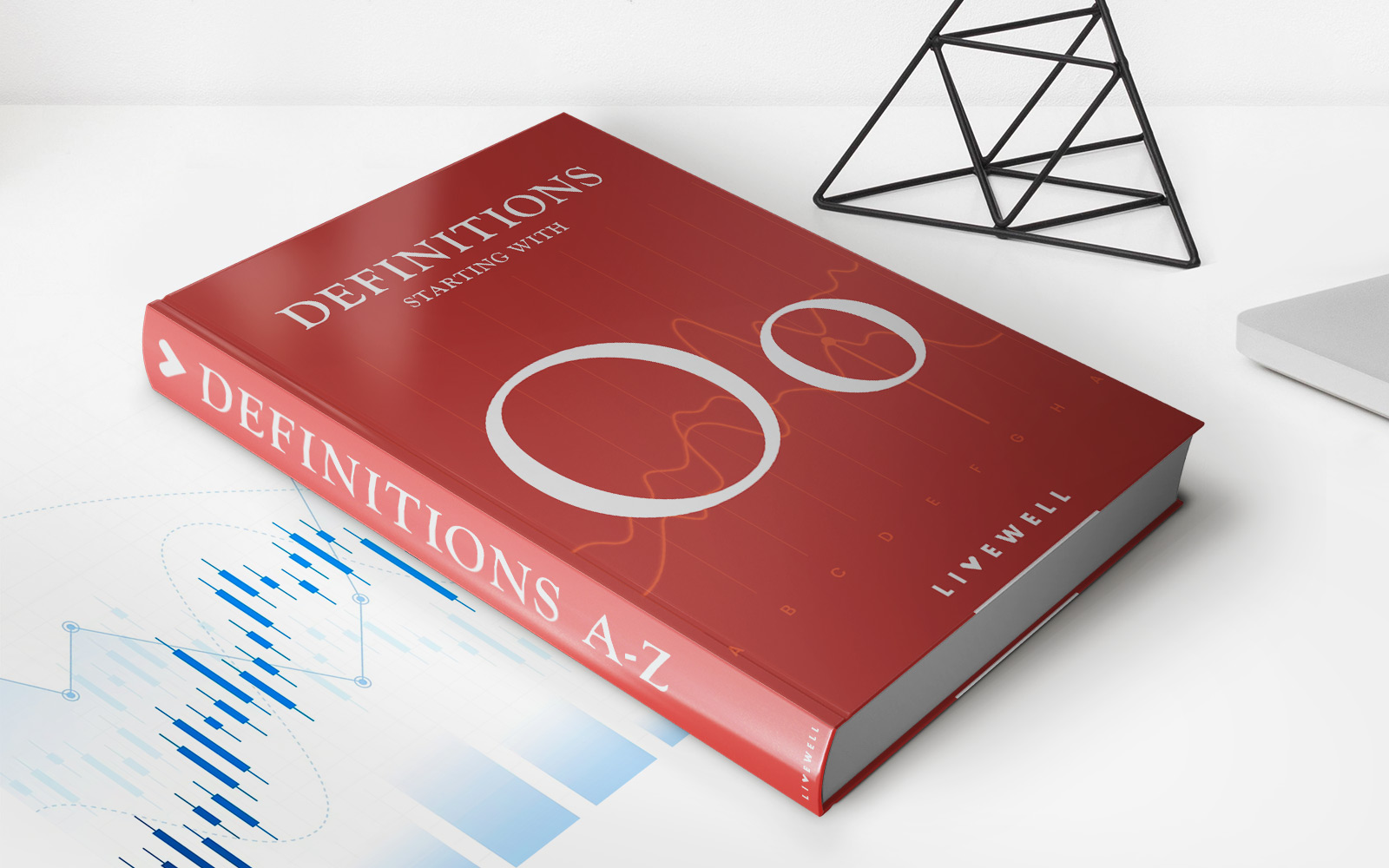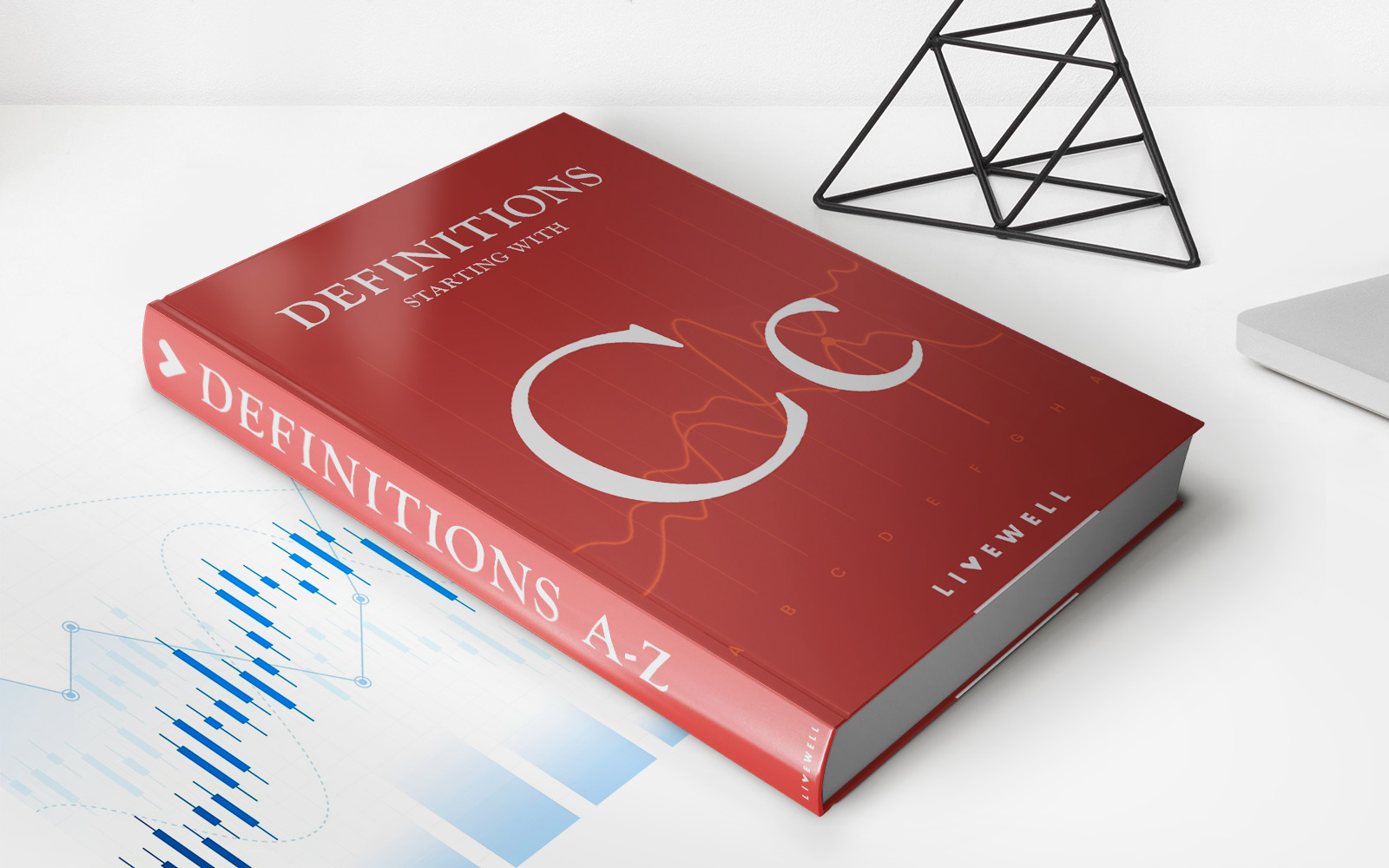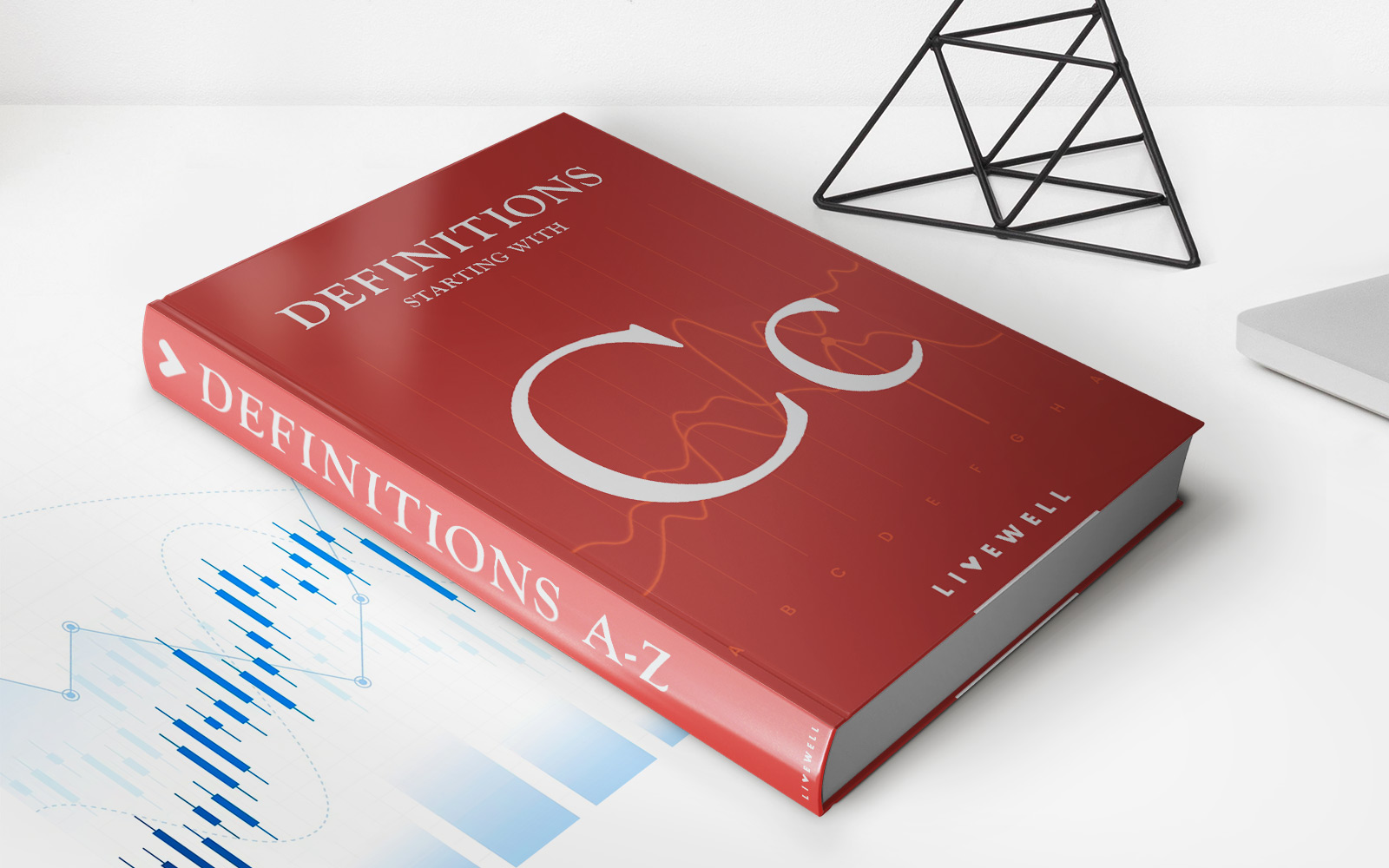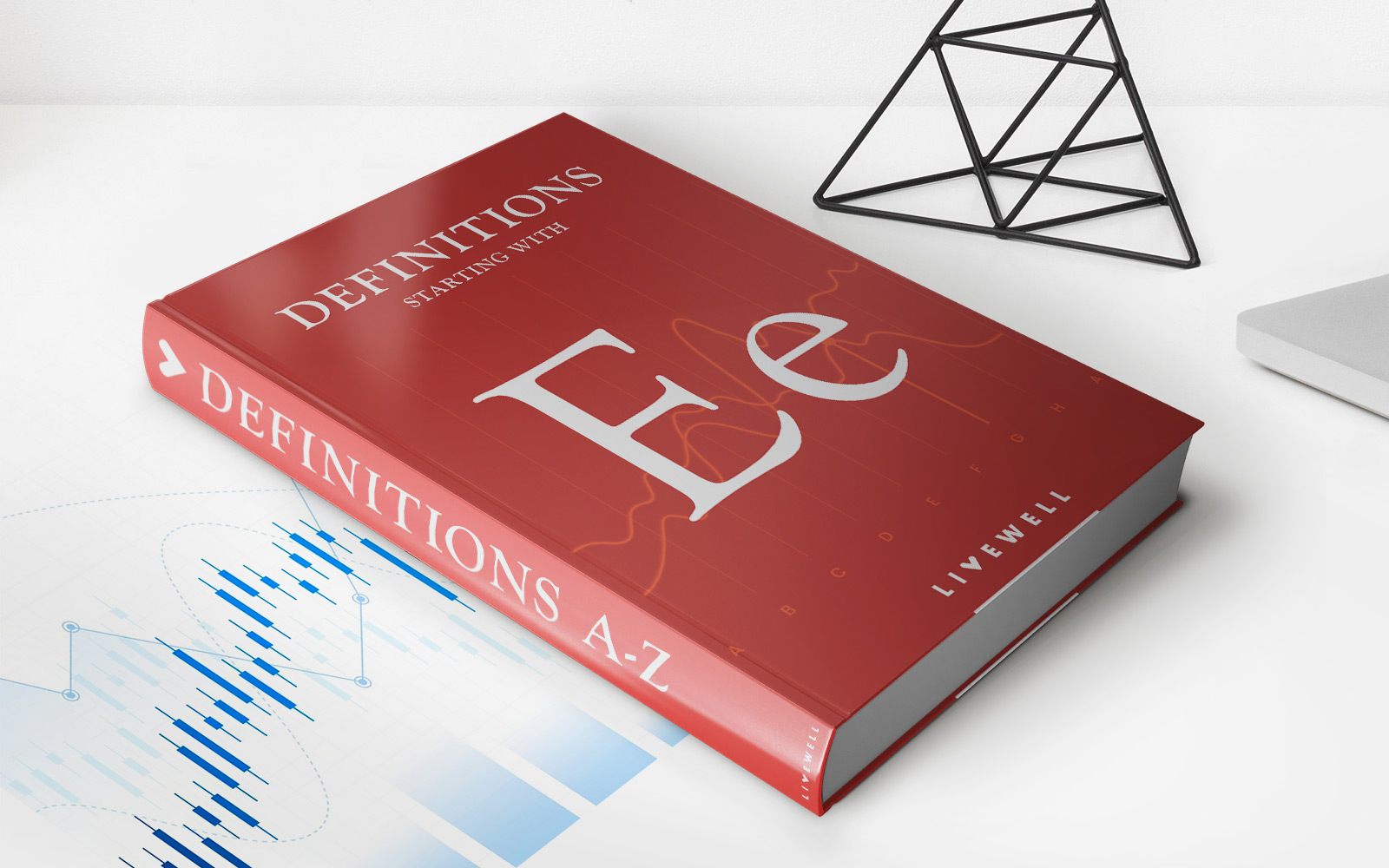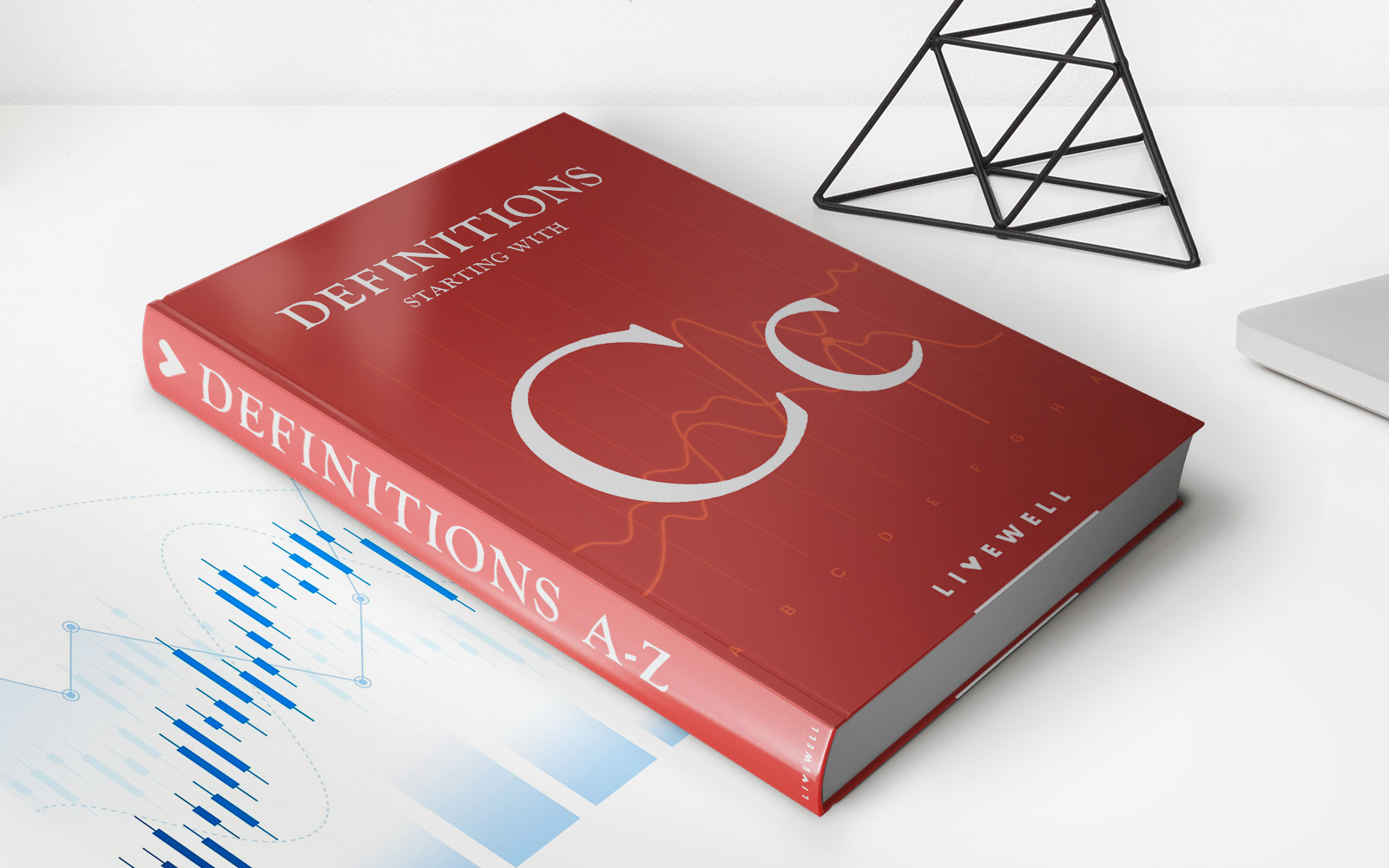Home>Finance>Comparing Art Investment with Traditional Investments


Finance
Comparing Art Investment with Traditional Investments
Published: February 14, 2024
Explore the unique world of art investment versus traditional investments like stocks and real estate, highlighting risks, returns, and market dynamics.
(Many of the links in this article redirect to a specific reviewed product. Your purchase of these products through affiliate links helps to generate commission for LiveWell, at no extra cost. Learn more)
Table of Contents
The charm of broadening one’s investment scope has increasingly led individuals to consider art, a sector where the auction market plays a pivotal role, as a viable option. Art, as a collectible, diverges from traditional investment assets like stocks, bonds, and real estate by offering a dual benefit: aesthetic pleasure alongside financial gain. This raises questions about its comparative performance as an investment choice.
1. Understanding the Market Dynamics
-
Art: The art market is defined by its exclusivity, where only a select few pieces are deemed worthy of high value, making it highly subjective and prone to fluctuations. The value of an art piece is intricately linked to the reputation of the artist, the rarity of the work, and current market demand, making its investment analysis complex and nuanced.
-
Traditional: In contrast, traditional investments such as stocks, bonds, and real estate operate within markets that are driven by clearer, more quantifiable indicators like economic performance, interest rates, and market trends. These assets offer greater liquidity, allowing investors to buy and sell with relative ease, and their values are often more predictable based on historical data and current market conditions.
2. The Liquidity Factor
-
Art: The process of selling art encompasses more than just finding a buyer; it involves navigating the complexities of the auction market, where the timing and visibility of the piece can significantly impact its sale price. This journey is not only time-consuming but also unpredictable, as the right buyer’s presence at the right moment is crucial for a successful transaction.
-
Traditional: On the other hand, the liquidity of stocks and bonds is one of their most appealing attributes. These assets can be traded almost instantaneously on established markets during trading hours. This rapid transaction capability ensures that investors can convert their holdings into cash swiftly, offering a significant advantage in terms of financial flexibility and response to market changes.
3. Investment Returns
- Art: Investing in art can lead to potentially high returns, particularly for pieces by well-known artists or those whose works are in rising demand. The auction market often highlights this, where rare and sought-after pieces can fetch prices far beyond their initial estimates, reflecting both their scarcity and the cultural value ascribed to them by collectors.
-
Traditional: Traditional investments, spanning stocks, bonds, and real estate, offer a spectrum of return opportunities. These asset classes benefit from a wealth of historical data, enabling investors to gauge potential returns with a degree of predictability. Stocks may offer dividends and capital appreciation, bonds provide regular income through interest payments, and real estate can yield rental income and price appreciation, each with its own risk and return profile.
4. Risk Management
-
Art: The art market’s unique risk stems from its subjective valuation, where personal tastes and trends heavily influence prices. Additionally, the authenticity of artwork is a significant concern, with forgeries occasionally disrupting the market. Managing these risks requires vigilant provenance verification and substantial investment in secure storage and comprehensive insurance to protect against damage or theft.
-
Traditional: Traditional investments offer structured risk management strategies. Diversification across different asset classes, such as equities, bonds, and real estate, can spread and minimize risk. Thorough research and analysis help investors make informed decisions, while strategic planning allows for adjustments based on market conditions and personal financial goals. This systematic approach to risk management helps in stabilizing returns over the long term.
5. Entry Barriers and Costs
-
Art: Venturing into the art market often entails high entry costs, as acquiring pieces from renowned artists demands a significant upfront investment. This barrier is heightened in the auction market, where competition for coveted works can drive prices even higher, making it challenging for newcomers to secure valuable pieces without substantial capital.
-
Traditional: In contrast, traditional investments such as stocks, bonds, and real estate funds offer more accessible entry points. Investors can begin with comparatively smaller amounts of capital, leveraging options like fractional shares or low-minimum investment funds. This accessibility allows a broader range of individuals to participate in traditional investment avenues, making it easier to start building a diversified portfolio without a hefty initial outlay.
6. Tangible vs. Intangible Benefits
-
Art: Investing in art not only decorates one’s environment but also serves as a source of personal enrichment and cultural engagement. Each piece holds the potential to offer daily aesthetic pleasure and a deep sense of satisfaction, fostering an emotional connection that can significantly enhance the investor’s overall quality of life.
-
Traditional: The primary allure of traditional investments lies in their ability to generate financial returns, offering a tangible measure of success through asset appreciation and income generation. Real estate, in particular, straddles the line between tangible and intangible benefits by providing a physical asset that can be utilized or enjoyed, while also serving as a steady source of rental income or long-term capital gains.
7. Tax Considerations
-
Art: The tax implications for art investments can significantly vary across different countries, often offering favorable conditions for long-term capital gains. In many places, selling art after holding it for a specified period may result in lower tax rates, highlighting the importance of understanding local tax laws for art collectors.
-
Traditional: Traditional investments like stocks, bonds, and especially real estate are consistently subject to capital gains tax. However, real estate investments benefit from specific tax advantages in some jurisdictions, such as the option for 1031 exchanges, allowing investors to defer capital gains taxes by reinvesting the proceeds from a sale into another property, thereby encouraging the mobility of investment within the sector.
8. Market Access and Information
-
Art: Venturing into the art market necessitates a deep dive into a realm where insider knowledge and connections to exclusive networks are paramount. This arena demands a nuanced understanding of art valuation, often necessitating guidance from experts who are well-versed in the intricacies of the auction market, where the true value of collectibles can fluctuate significantly based on trends, historical significance, and collector interest.
-
Traditional: The traditional investment landscape offers a more democratized access to information, with a wealth of resources readily available for educating investors. From detailed market analyses to real-time data feeds, individuals can tap into a plethora of online platforms, financial news outlets, and educational resources designed to demystify stocks, bonds, and real estate investments, making it easier for investors of all levels to make informed decisions.
Conclusion
When evaluating art as an investment product compared to traditional investments, we’re essentially weighing the merits of tangible assets with intrinsic emotional value against those that are more liquid and straightforward. This decision hinges on an investor’s objectives, tolerance for risk, and the balance they seek between aesthetic enjoyment and monetary return. Both paths present unique benefits and challenges, underscoring the critical role of diversification and careful planning in cultivating a well-rounded investment portfolio.

